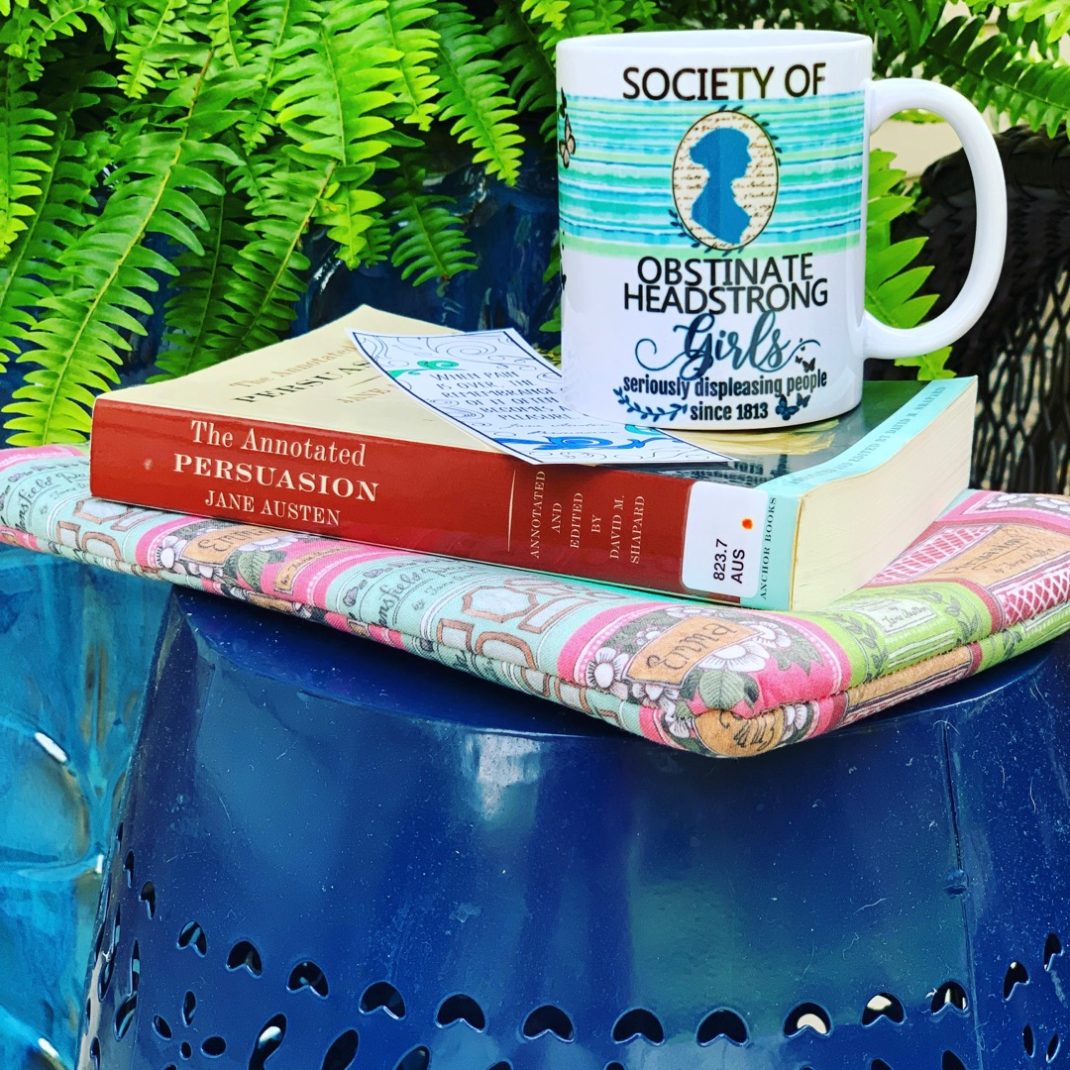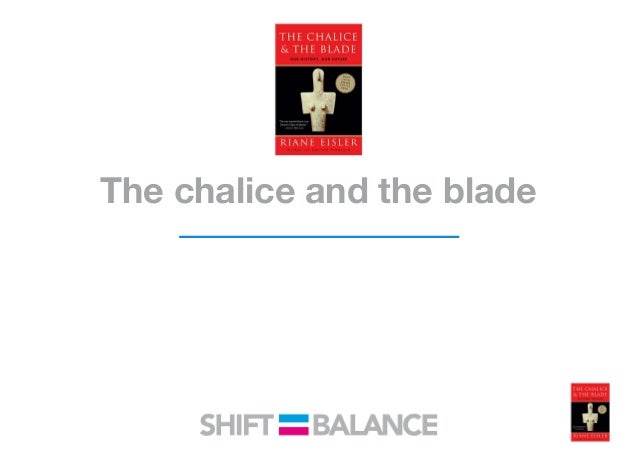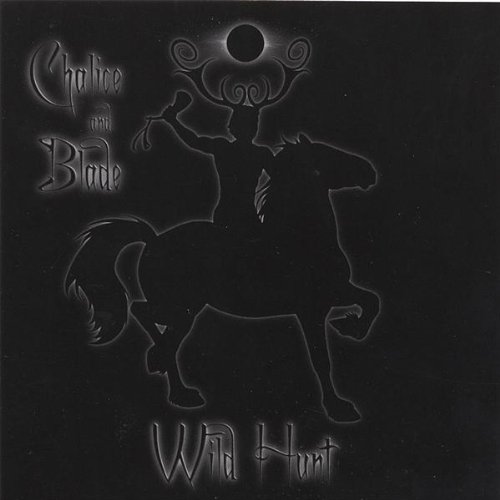

To explain further, she proposes that two basic models of society underlie diverse human cultures. Instead, it indicates that pre-patriarchal society was “remarkably egalitarian.” In other words, she may be pointing to a previously unseen social form-partnership society. The most recent evidence, drawn from new methods and emphasis in archeology, supports neither male nor female domination, she says. They reasoned: If men did not dominate women, women must have dominated men.Įisler, the author of two earlier books on women, offers what might be called a post-feminist viewpoint. Some have even gone so far as to conclude that this woman-centered society must have been matriarchal in structure. Many feminist scholars have, for the last two decades, been re-examining history with fresh eyes. This reframing of earliest civilization-from male-centered to female-centered-is not Eisler’s unique contribution. Innovations such as agriculture, weaving, writing, town planning, commerce, and government were made in cultures that had one feature in common: the worship of the Goddess, the association of woman with the powers that govern life and death. “The best kept secret” is that the first great technological breakthroughs came before the advent of patriarchal society. Ancient peoples worshiped a bountiful female deity, Eisler says, and the life-giving powers of the universe, symbolized by the chalice in the book’s title.

Rather than forming an invisible backdrop, women probably invented the domestication of plants and animals, and new social relations probably stemmed from their relations with children.


In Eisler’s alternative history, Woman the Gatherer is the central actor. In the traditional view, Man the Hunter plays the leading role, forming the beginnings of ancient civilization by wielding the lethal blade. Following 12 years of rigorous research and synthesizing the work of many others, Eisler proposes that conventional historians are painting the wrong picture of the origins of civilization.


 0 kommentar(er)
0 kommentar(er)
